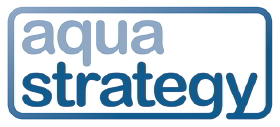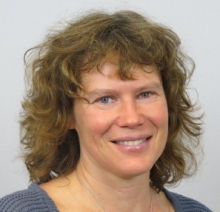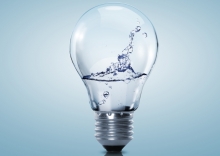
Welcome to the first issue of Aqua Strategy. This launch edition will give you a taste of just some of the themes that we will be covering in later issues.
Three of our features focus on the emerging issue of micropollutants, including a look at the work underway in Switzerland, an interview with Ana Giros of Suez, and a review of the substances covered in European, Swiss and Swedish measures.
Further features look at the increasing efforts to change the energy outlook for water utilities, especially their sewage treatment activities. We look at work in Austria, and hear from international technology company Xylem.
We also take a look at the rise of smart water utilities, featuring a look at the four-country SmartWater4Europe initiative.
We hope you like what you read, and look forward to the issues ahead.
ISSN (Online): 2059-8068
ISSN (Print): 2059-805X






